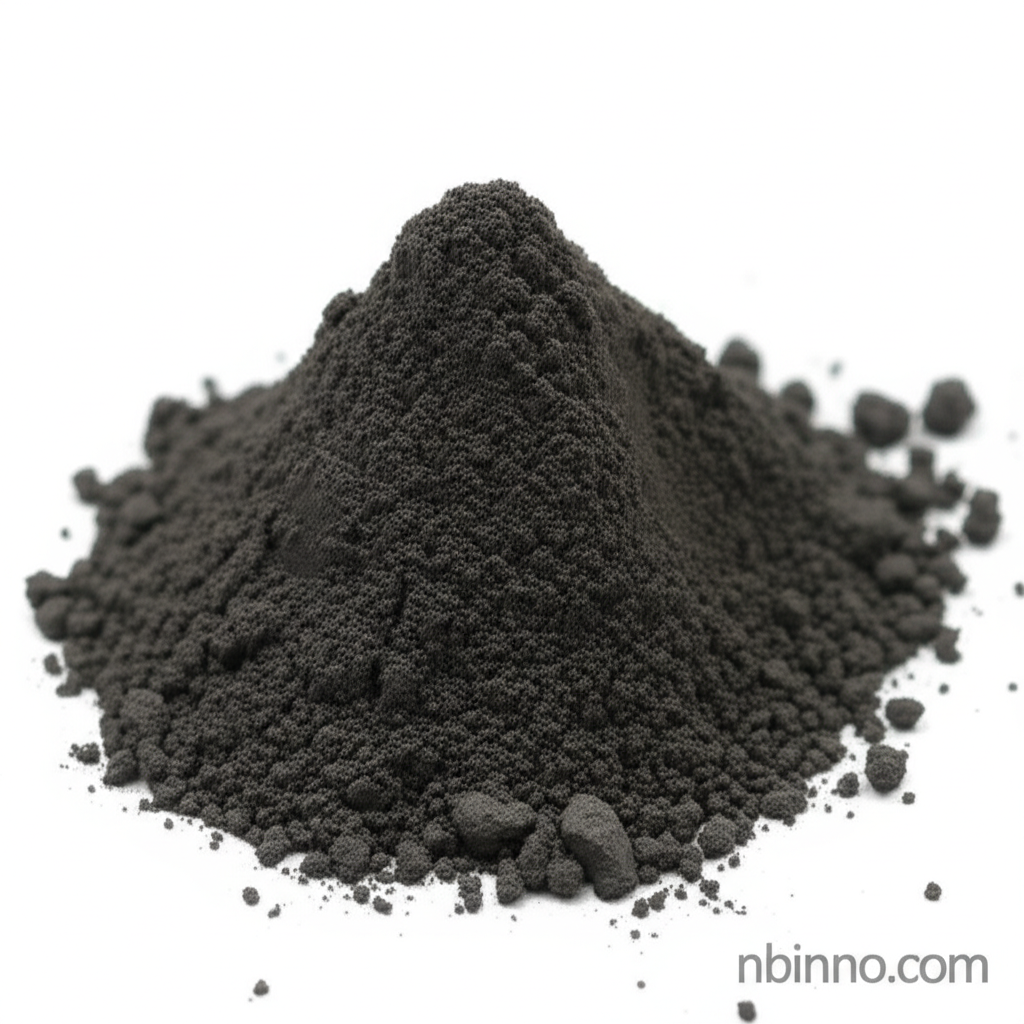Anhydrous Ferric Chloride (FeCl3): Properties, Applications & Safety
Discover the versatile applications and essential handling guidelines for Anhydrous Ferric Chloride, a key industrial chemical.
Get a Quote & SampleProduct Core Value

Ferric Chloride Anhydrous
Anhydrous Ferric Chloride (FeCl3) is a crucial industrial chemical known for its strong coagulating properties, making it vital for water purification and wastewater treatment. Its applications extend to metallurgy, dye industries, and organic synthesis, where it functions as an oxidant, catalyst, and mordant.
- Explore the use of anhydrous ferric chloride water treatment, where its ability to form flocs effectively clarifies water by removing suspended solids and impurities.
- Understand the FeCl3 chemical properties, including its role as a catalyst and oxidant in various industrial processes, enhancing reaction efficiency.
- Learn about ferric chloride handling precautions, crucial due to its corrosive nature and potential health hazards, ensuring safe usage in industrial settings.
- Investigate ferric chloride industrial applications beyond water treatment, such as in the dye industry and organic synthesis, highlighting its versatility.
Key Benefits
Effective Water Purification
Utilize ferric chloride for efficient water purification, removing turbidity and impurities to ensure clean water for various applications.
Versatile Industrial Uses
Leverage ferric chloride's properties as a catalyst, oxidant, and mordant across diverse industries, from metallurgy to organic synthesis.
Corrosion Control Potential
Understand how ferric chloride can be managed to mitigate its corrosive nature, ensuring longevity of industrial equipment.
Key Applications
Water Treatment
Anhydrous ferric chloride is essential for urban sewage and industrial wastewater treatment, effectively removing heavy metals, sulfides, and improving water clarity.
Metallurgical Industry
Used as an extraction agent and for the etching of electronic printed circuit boards.
Dyeing and Printing Industry
Functions as an oxidizing agent for dyes and is necessary for etching rotogravure cylinders.
Organic Synthesis
Serves as a catalyst and oxidant in various organic chemical reactions.
